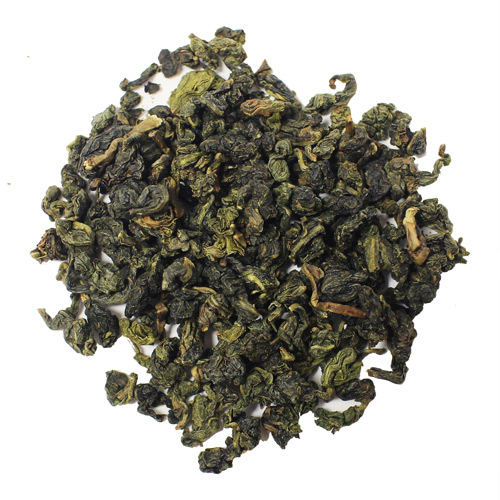Oolong tea combines the temptingly smooth flavor of black tea with the fragrance of green tea in a weirdly pleasant fashion. This tea is steadily picking up popularity among tea aficionados around the globe especially in the West. Oolong tea has a wide range of deep and complex flavors and it is widely cultivated in the Fujian province of China. The bumpy landscape and remarkable atmosphere around there make ideal conditions for producing Oolong tea. Oolong tea is also known as Wulong tea as the name is derived from two Chinese words i.e., Oo (Wu) meaning black and long meaning dragon. Hence, Oolong means “Black Dragon”. In China, it is also referred to as “Qing Cha”. Based on traditional Chinese mythology this tea is also known as the monkey picked tea, however, the only actually monkey picked tea in China has been proved to be “Tai-Ping Hou Kui ” which means “Peaceful monkey leader” tea.
Various stories about the discovery of Oolong tea have been discussed over the years. The oldest one being that it was a special tea reserved only for the Imperial Courts. While the conventional Chinese believe that monkeys were ordered by priests to cultivate and gather the leaves from the parts of the wild tea trees developing on the mountainsides. Then came the famous “tribute tea” theory which suggested that this tea came from the Dragon-Pheonix tribute tree in the tea gardens of Beiyuan but later its name was changed to Black dragon (oolong) due to the dark and wiry appearance of the tea leaves. This tea has also been linked back to the Ming Dynasty 600 years ago. However, the Oolong Tea that we use today is actually the consequence of an evolution that began during the reign of the Tang Dynasty (618 – 907) in Beiyun in Fujian Province. It was first known as Beiyun Tea and because of its extraordinary flavor and quality, it was then served as the tribute tea during the Song Dynasty days. In the tribute custom land for tea, cultivation was chosen by the Emperor to make a tea to be offered as a blessing to be presented to the Royal court which was a significant privilege and also improved business.
Produced using oxidized leaves that are rolled, twisted or open, the oolong class has an extensive variety of flavors. Oolong tea does not get bitter because it has low astringency. The fragrance, flavor, and color of oolong tea rely upon the agriculture, cultivar, climate, level of oxidation and the harvest time. The variation of flavors of this tea comes different textures of it which include fresh, woody, floral and thick. People enjoy oolong tea not only because of its flavor but also because it has a great number of health benefits. Drinking this tea regularly enhances the thinking abilities and sharpness of mind. It is helpful for weight reduction, to strengthen weak bones (osteoporosis), to prevent fatal deceases like cancer, to treat diabetes, cholesterol, and high blood pressure.
Whether monkey picked or handpicked by humans this tea is still a special one as it is one of the 10 best teas of China. It’s tantalizing to the taste buds, pleasant to smell and healthy for the body. Hence, as the name (Dark Dragon) suggests it is a power packed and rich drink which will leave you feeling tough like a dragon.







Leave A Comment